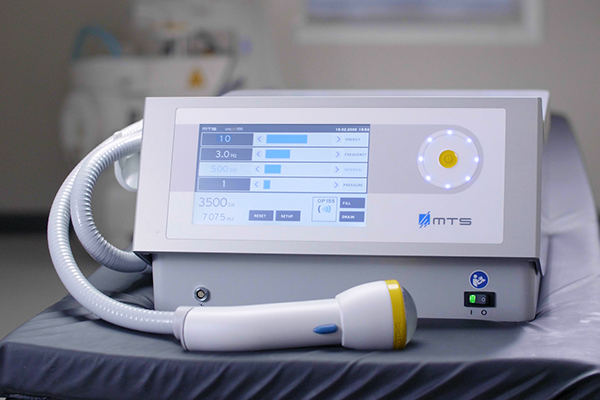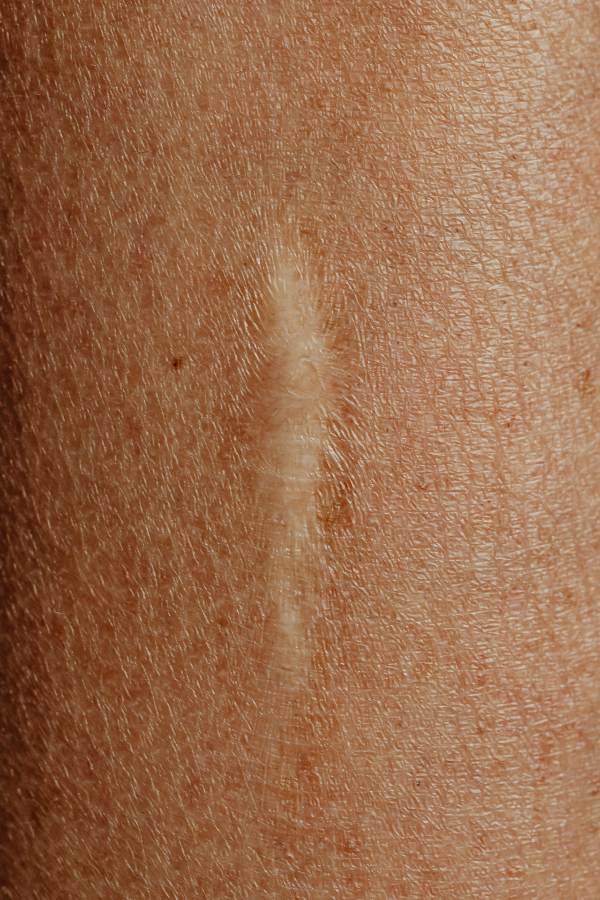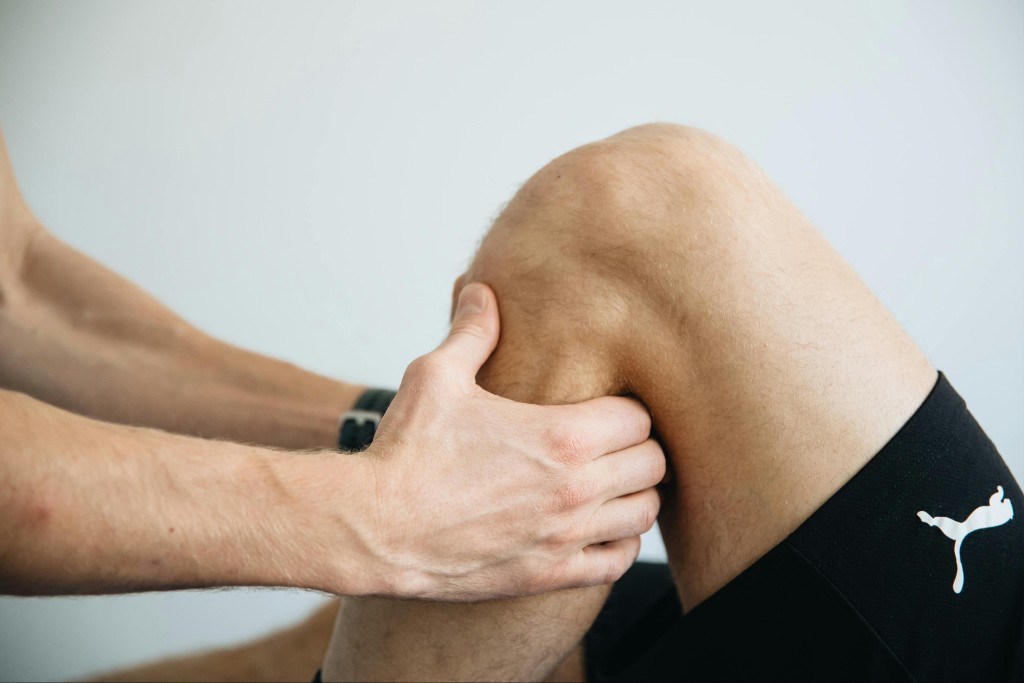SoftWave therapy, a non-invasive treatment method gaining increasing popularity, has emerged as a promising option for addressing various medical conditions. This innovative therapy utilizes broad-focused shockwaves to stimulate tissue regeneration, reduce pain, and promote healing.
However, before embarking on any medical treatment, it is crucial to have a comprehensive understanding of the potential side effects. By being well-informed about the potential risks and benefits, you can make informed decisions about your health and ensure the best possible outcomes. In this blog post, we will explore the side effects of SoftWave therapy, shedding light on what you need to know before considering this treatment option.
What is SoftWave Therapy?

SoftWave Therapy is a non-invasive treatment that uses patented technology to promote healing at the cellular level, improve blood supply, and initiate the body’s natural healing process. SoftWave is performed with a patented device called the OrthoGold, developed by Tissue Regeneration Technologies, and is available at licensed medical clinics throughout the United States. This FDA(510k) cleared technology produces powerful, broad-focused shock waves delivered during treatment to an injured, scarred, or inflamed region of the body. Treatment typically takes 10-15 minutes, and no anesthesia, numbing agents, or recovery time is required.
Discover how SoftWave Therapy can help with various conditions and injuries! See SoftWave Therapy Reviews to learn more.
New Patient Special
Try SoftWave for just $69 at a clinic near you. No drugs. No surgery. Just relief.

Benefits of SoftWave Therapy
SoftWave therapy has shown promising results in treating an array of conditions, injuries and symptoms including joint and muscle pain, overuse injuries, orthopedic conditions, neuropathies, and more. Some of the key benefits of SoftWave Therapy include:
- Improves blood supply
- Modulates inflammation
- Reduces acute and chronic pain
- Stimulates, activates and recruits resident cells
- Repairs, remodels and regenerates tissue
- Accelerates wound healing
- Induces antibacterial effect
Side Effects of SoftWave Therapy
While generally considered safe and free from side effects, SoftWave Therapy offers the advantage of no downtime, allowing patients to return to work immediately. The treatment does not cause discomfort over healthy tissue; however, some discomfort may be felt over damaged tissues. This discomfort indicates the healing process is underway. It’s important to be aware of this as a sign of effective treatment. Some potential side effects of SoftWave therapy include:
Skin redness
SoftWave therapy can sometimes cause mild irritation, leading to temporary redness in the treated area. These discolorations typically subside within a few days without requiring specific treatment.
Sensitivity or discomfort
While SoftWave is not typically painful, some individuals may experience mild sensitivity or discomfort during or after the treatment. This discomfort is usually temporary and resolves within a few hours. Communicate any concerns or unusual sensations to your healthcare provider to ensure appropriate management.
Rare complications
While rare, there are potential complications associated with SoftWave therapy. These may include blistering, swelling, infection, or changes in sensation. Understand that these adverse events are infrequent but can occur.
It’s important to note that the majority of individuals undergoing SoftWave therapy experience only mild and temporary side effects, if any. The overall safety profile of SoftWave therapy is considered favorable. However, the specific side effects and their likelihood may vary depending on factors such as the individual’s health condition, treatment intensity, and response to the therapy.
To minimize the risk of side effects and ensure a safe and effective treatment, it’s recommended to consult with a healthcare professional who can evaluate your specific situation, discuss potential side effects, and provide appropriate guidance and monitoring throughout the treatment process.
Want to Try SoftWave Therapy?
How To Minimize SoftWave Risks

To minimize potential side effects and ensure a smooth recovery from SoftWave therapy, there are practical tips and suggestions that individuals can follow.
Follow Post-Treatment Instructions
Carefully follow the post-treatment guidelines provided by your healthcare provider. These guidelines may include instructions on self-care practices, such as applying ice packs, keeping the treated area clean, or avoiding certain activities or medications. Adhering to these guidelines can help minimize the occurrence and severity of side effects.
Communicate With Your Provider
If you experience any unexpected or concerning side effects after SoftWave therapy, promptly report them to your healthcare provider. They can evaluate your condition, provide guidance, and address any concerns you may have. Your healthcare provider is your best resource for personalized advice and support throughout the treatment process.
Be Patient
It’s important to remember that most side effects of SoftWave therapy are temporary and will resolve on their own within a short period. Being patient and allowing your body time to heal is crucial. It’s natural to experience some mild discomfort, redness, or bruising after treatment, but these effects typically subside within a few days. By staying positive and giving your body the time it needs to recover, you can promote a smoother healing process.
Is SoftWave Therapy Right For You?
SoftWave therapy is a compelling treatment option thanks to its numerous benefits and minimal side effects when compared to popular alternatives like medication or surgery. While it’s important to be mindful of the risks involved, the remarkable results of SoftWave therapy in treating various medical conditions make it a great choice for those suffering with pain.
Say goodbye to risks and complications and embrace a treatment that prioritizes your well-being.
Discover the power of SoftWave Therapy today. Find a trusted provider near you and experience a safer, more effective treatment for pain with our $69 New Patient Special. Take control of your health without worrying about unwanted consequences!
Softwave Therapy Side Effects Explained
SoftWave Side Effects FAQs
-
Is SoftWave Therapy safe?
Yes, SoftWave therapy is considered a safe treatment option for various musculoskeletal conditions. It is non-invasive and uses focused sound waves to stimulate the body’s natural healing processes. Clinical studies and patient experiences have shown that SoftWave therapy is effective and has a low risk of side effects.
-
How long do the side effects of SoftWave therapy last?
The side effects of SoftWave therapy are typically mild and short-lived. Discomfort or pain during the treatment usually resolves immediately after the session, while redness, swelling, and bruising at the treatment site may last from a few hours to a few days. Most patients find that these side effects are manageable and do not interfere significantly with their daily activities.
-
Can SoftWave therapy cause any long-term side effects?
Long-term side effects from SoftWave therapy are extremely rare. The treatment is non-invasive and uses sound waves to promote healing, making it a safe option for many patients. Most individuals do not experience any lasting negative effects. However, as with any medical treatment, it’s essential to discuss your medical history and any concerns with your healthcare provider to ensure SoftWave therapy is appropriate for you.
-
Who should avoid SoftWave therapy?
SoftWave therapy is not suitable for individuals who are pregnant, have a pacemaker, or have cancer. At your first appointment, the provider can further discuss any conditions that would impact your ability to receive therapy. It is important to have a thorough consultation with your healthcare provider to ensure that SoftWave therapy is safe and appropriate for your specific health situation.
-
What should I do if I experience discomfort during a SoftWave therapy session?
If you experience discomfort during a SoftWave therapy session, inform your therapist immediately. They can adjust the intensity of the treatment to make it more comfortable for you. It is normal to feel some level of discomfort due to the stimulation of tissues, but it should not be unbearable. Communication with your therapist ensures that the treatment is both effective and tolerable.
New Patient Special
Try SoftWave for just $69 at a clinic near you and learn if you’re a candidate for full treatment




